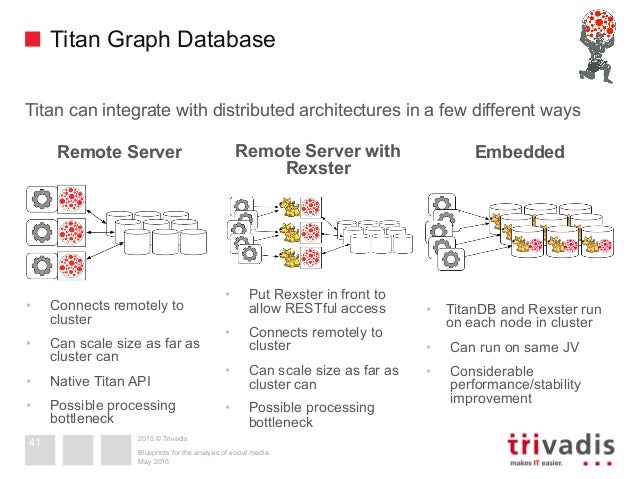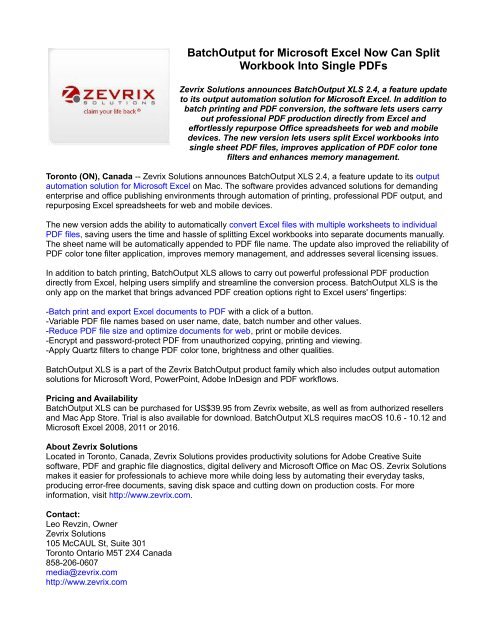
On the left side, user data is calculated as an overview metric, while the same data is calculated via the New User dimension on the right side. The following diagram illustrates these two types of calculations with a simple example. Where the metric value is qualified by selected dimension(s).

In association with one or more reporting dimensions.Where the metric is displayed as a summary statistic for your entire site, such as bounce rate or total pageviews. In Analytics, user metrics are calculated in two basic ways: It would not be logical to combine Sessions with a hit-level dimension like Page.įor a list of the valid dimension-metric pairs, use the Dimensions and Metrics Reference.

For example, Sessions is a session-based metric so it can only be used with session-level dimensions like Source or City. In most cases, it only makes sense to combine dimensions and metrics that share the same scope. Each dimension and metric has a scope: user-level, session-level, or hit-level. Not every metric can be combined with every dimension. For example, adding Browser as a secondary dimension to the above table would result in the following: In most Analytics reports, you can change the dimension and/or add a secondary dimension. The tables in most Analytics reports organize dimension values into rows, and metrics into columns.įor example, this table shows one dimension ( City) and two metrics ( Sessions and Pages/Session). The metric Pages/Session is the average number of pages viewed per session.

The metric Sessions is the total number of sessions. The dimension Page indicates the URL of a page that is viewed. For example, the dimension City indicates the city, for example, "Paris" or "New York", from which a session originates. Every report in Analytics is made up of dimensions and metrics.ĭimensions are attributes of your data.


 0 kommentar(er)
0 kommentar(er)
